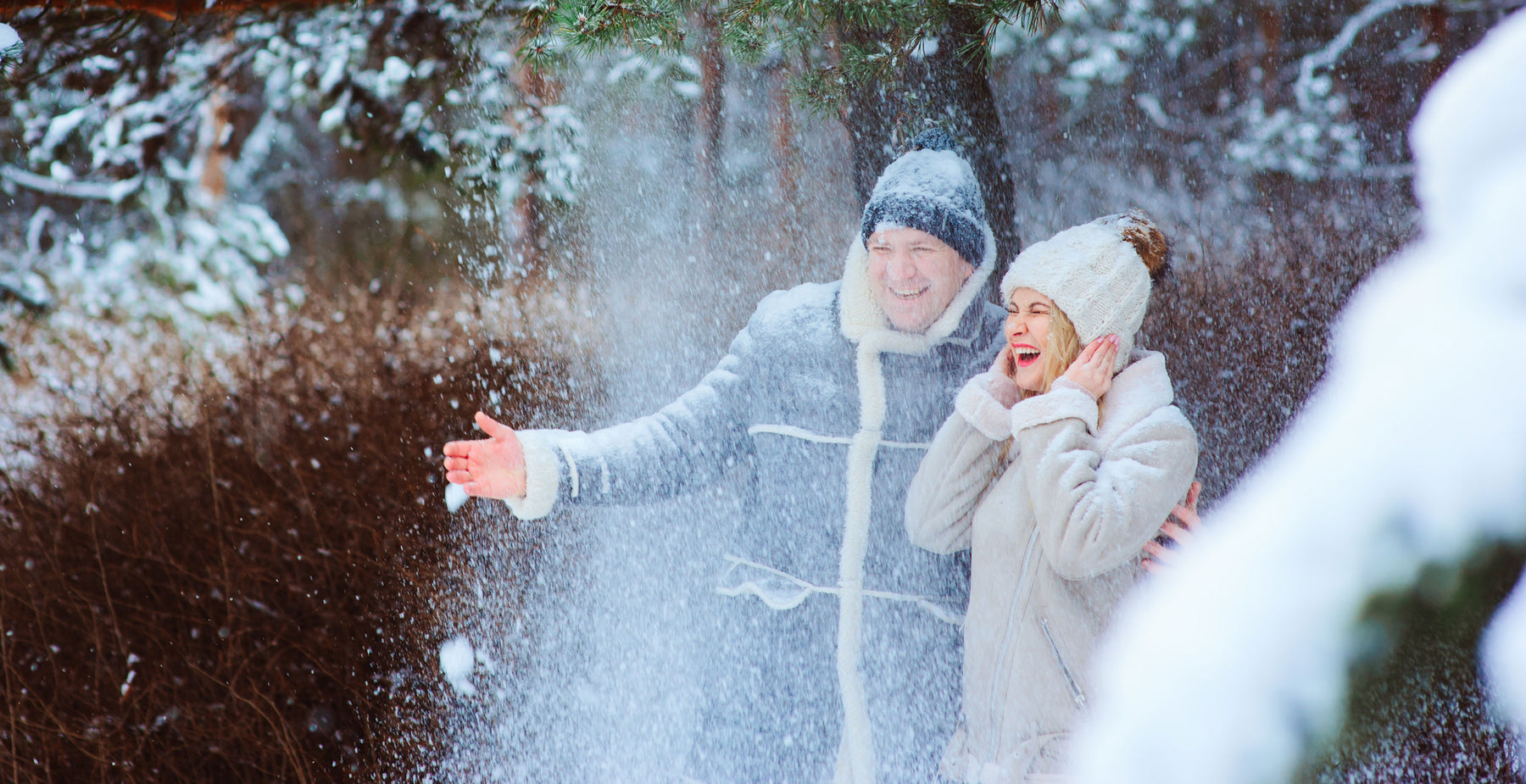1-866-405-5138 (U.S.) 🇺🇸 or
1-925-331-6892 (Non-U.S.)

The idea of a winter wonderland doesn’t always ring true toward the end of the year. Stress from the holidays, minimal amounts of daylight, and harsh weather can amount to tough times for a lot of people, resulting in significant changes to mood and energy.
If you feel like this time of year leaves you struggling to beat winter sadness, or even think you may suffer from seasonal affective disorder (SAD), you’re not alone. In fact, a half a million Americans suffer from seasonal affective disorder, with 1 in 5 experiencing some form of winter sadness.1 Let’s break down what causes winter blues, as well as some seasonal affective disorder tips to help with beating SAD.
In the same way that feeling down is distinct from having depression, experiencing winter blues or winter sadness is distinct from having seasonal affective disorder. A case of winter sadness typically involves a mild to moderate drop in mood, lack of energy, and oversleeping, whereas seasonal affective disorder more closely resembles major depression and can affect one’s ability to function.
Some of the factors responsible for both winter sadness and seasonal affective disorder (SAD) include:
With half a million Americans suffering from seasonal affective disorder and up to 20% of us experiencing some form of seasonal sadness, knowing some tried and true seasonal affective disorder tips to help with beating SAD and overall seasonal depression is invaluable.1

One of the most common seasonal affective disorder tips revolves around light. It’s not surprising that shorter days can have a negative effect on our emotional wellness, but the actual reasons why are intriguing. The lessened sunlight in fall and winter can disrupt your body’s circadian rhythm, causing imbalances in melatonin and serotonin levels.2
The way light therapy helps with beating SAD and winter sadness is incredibly simple. Just sitting with a seasonal depression lamp that emulates the bright light of the sun without the UV rays can help get your body’s natural balance back on track. Studies have shown that symptoms of seasonal affective disorder were alleviated in 70% of patients after a few weeks of light therapy.3 Talk about brightening up your winter!
People experiencing seasonal affective disorder have a tendency to gain weight.3 This becomes a sort of vicious cycle, where you crave junk food because you feel down, only to feel more lethargic because of it. In this regard, beating SAD and seasonal depression can have a positive impact on other areas of your health.
Choosing certain types of foods can actually help act as a seasonal affective disorder treatment in its own right:
Small changes in behavior can snowball into major moves in the right direction when it comes to beating SAD and seasonal sadness. Cognitive behavioral therapy (CBT) has become an increasingly popular seasonal affective disorder treatment, and, while therapy is an invaluable option, those seeking winter sadness tips for milder cases of the winter blues can use some of the same principles.
Both as a seasonal depression treatment and in general, CBT aims to teach people to be their own therapist by getting better at recognizing faulty thought patterns, bad behavioral habits, and their connections to others. Think about how you might gain that type of awareness and improve your thoughts and actions at home:

If you missed our article on 6 New Year’s Resolution Ideas for Total Wellness, take a look to discover some other great mental health habits that will not only help you with beating SAD, but also come in handy through all of 2021.
Vitamin D being nicknamed “the sunshine vitamin” is indicative of the big role it can play as a winter sadness and seasonal affective disorder tip. In fact, that vitamin D deficiency you might be experiencing in the winter months may be related to lower serotonin activity.7
If you’re able to pick up an outdoor wintertime hobby like skiing, ice skating, or even just finding a safe way to take a walk through the snow, you can get that extra bit of sunshine and exercise all at once. However, the quickest way to make sure you’re getting enough vitamin D is by taking supplements and eating foods that are rich in it. In addition to the salmon mentioned earlier, foods like mushrooms, egg yolks, and other fatty fish such as tuna and mackerel pack plenty of the sunshine vitamin to help with beating SAD.
By implementing some or all of these ideas for winter sadness and seasonal affective disorder tips, you can get yourself on the right path to beating SAD and enjoying the season. If you feel like beating seasonal depression is more than just a minor struggle for you, don’t hesitate to talk to your doctor or psychologist about the seasonal affective disorder treatment path they think is right for you.
Above all, just remember that you’re not the only one feeling down, and that there’s always the option of moving to Florida...
The statements contained herein have not been evaluated by the U.S. Food and Drug Administration. They are not intended to treat, diagnose, prevent or cure any disease.
Leave a comment